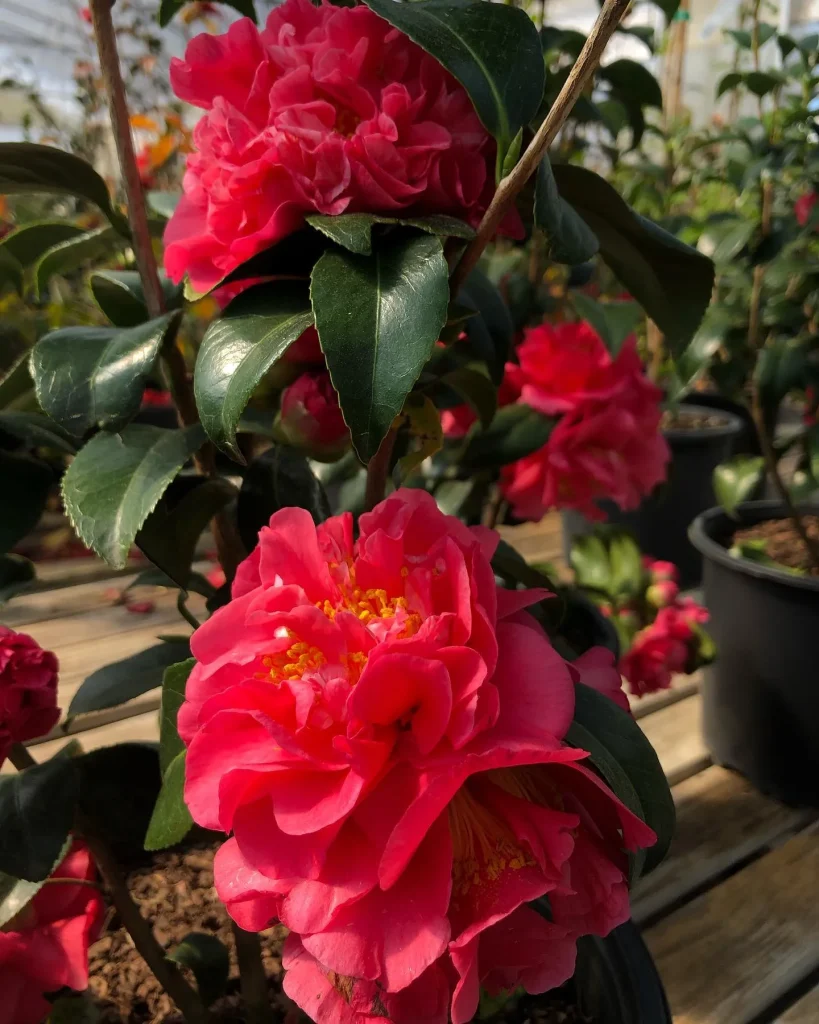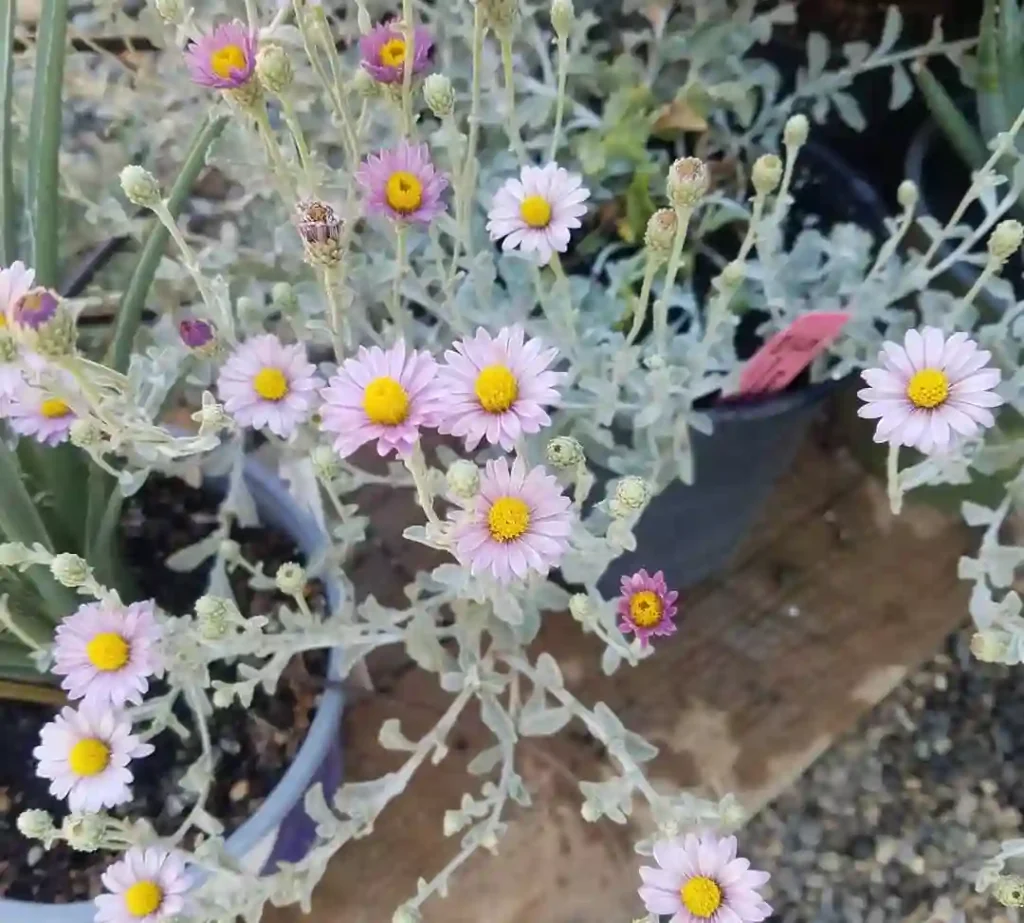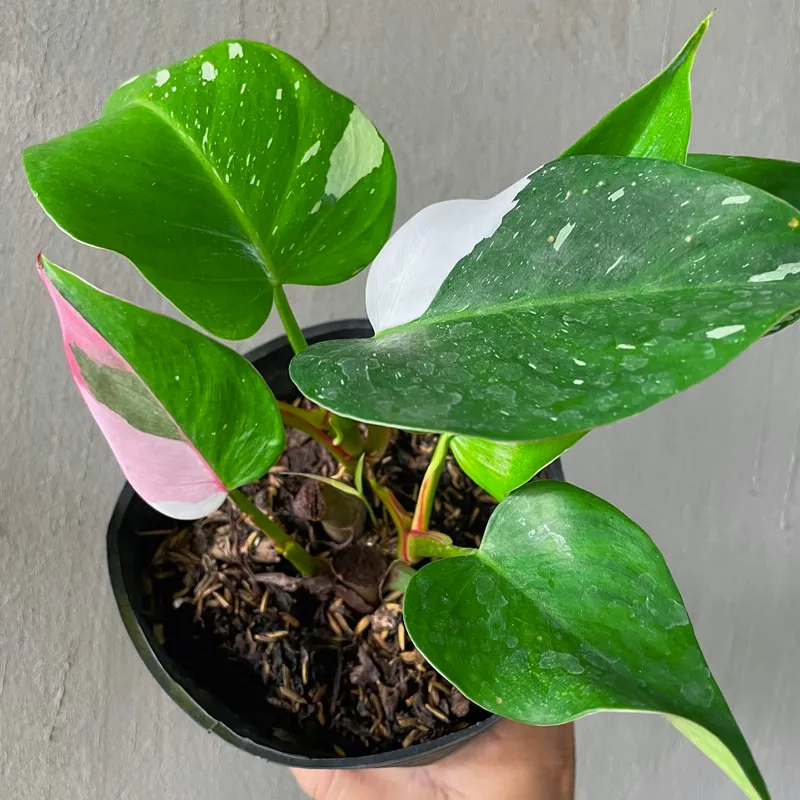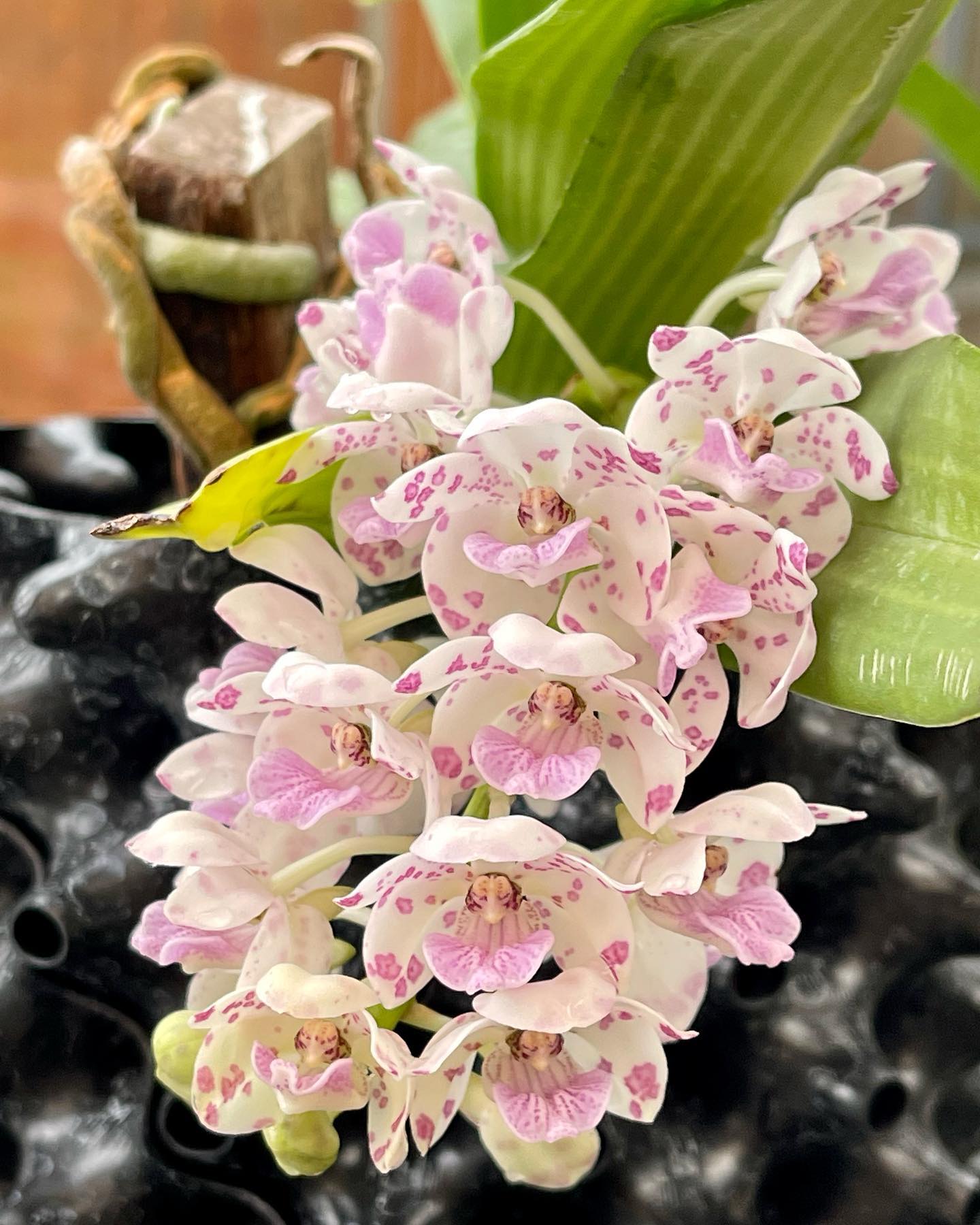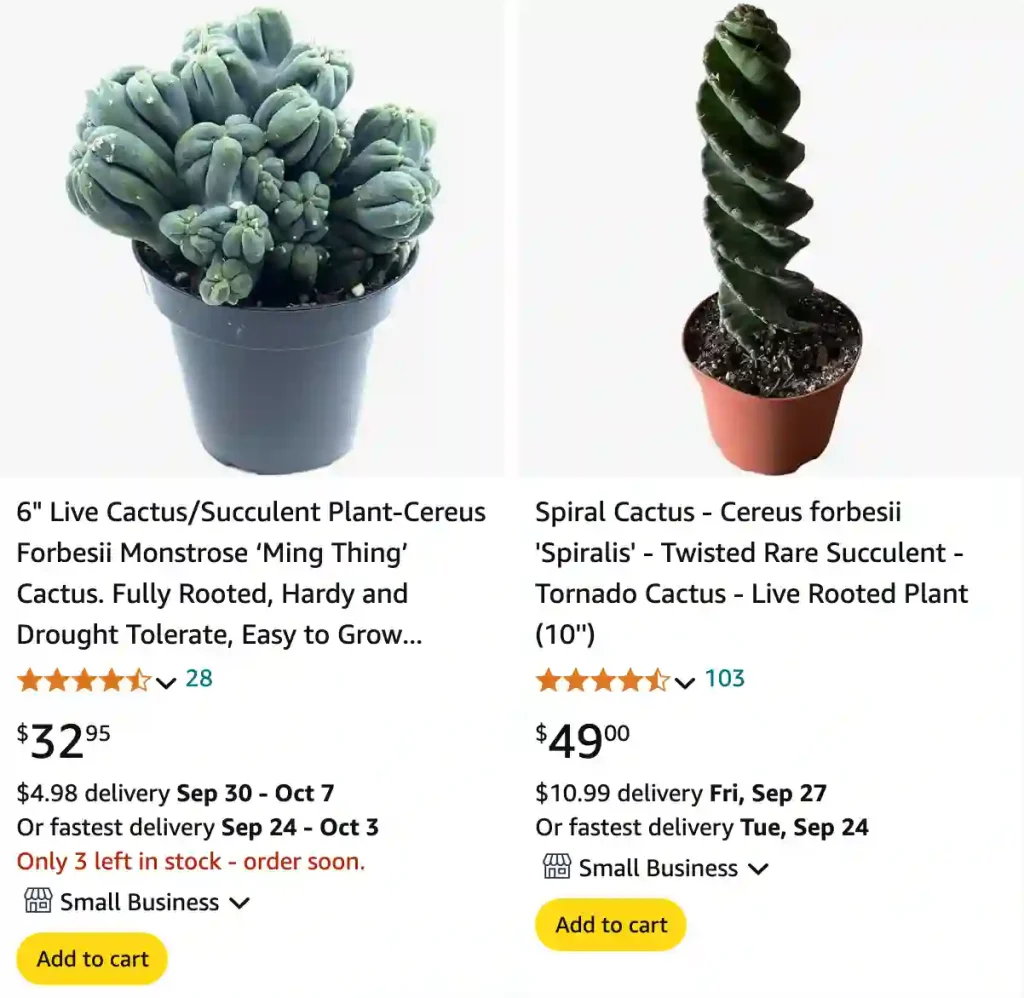
Frequently Asked Questions About Cereus Forbesii
I’ve grown a few varieties of Cereus Forbesii, and I have to say, this is a fascinating cactus with some incredible variations. Whether you’re a fan of the Monstrose or Spiralis forms, there’s always something unique to discover about this plant. Let’s dive into some frequently asked questions about Cereus Forbesii, including care tips, propagation methods, and more!
27 Species in Genus Cereus
What Is Cereus Forbesii?
Cereus Forbesii is a cactus species native to South America, particularly Argentina and Bolivia. It’s known for its striking columnar shape, which can sometimes become twisted (Cereus Forbesii Spiralis) or monstrose (Cereus Forbesii Monstrose) giving it a sculptural, almost alien-like appearance. The Spiralis variety is particularly popular because of its spiral growth pattern that makes it an eye-catching feature in any garden or collection.
How Do I Care for Cereus Forbesii?
Caring for Cereus Forbesii is relatively easy. It thrives in well-draining soil and requires minimal watering, making it a low-maintenance choice for cactus lovers. However, it’s essential to ensure the soil dries out completely between waterings to prevent root rot. In terms of sunlight, Cereus Forbesii enjoys plenty of bright, indirect light, and even some direct sunlight during cooler parts of the day.
During the growing season (spring and summer), I recommend feeding it with a balanced cactus fertilizer to help it thrive. In the winter months, reduce watering and avoid fertilizing as the plant goes into a dormant period.
Does Cereus Forbesii Monstrose Grow Well in Palm Springs?
If you live in a desert climate like Palm Springs, you’re in luck! Cereus Forbesii Monstrose grows exceptionally well in hot, dry environments. In fact, these conditions mimic its native habitat in South America. Just be sure to protect it from extreme cold or frost in the winter months, as this cactus isn’t frost-tolerant.
Where to Buy Cereus Forbesii Spiralis?
Finding a reputable seller for Cereus Forbesii Spiralis can be tricky, but the good news is that there are numerous online nurseries and specialty cactus shops that sell it. Personally, I’ve had luck with local cactus and succulent nurseries, as well as online platforms like Etsy or dedicated cactus shops. Always make sure to read reviews and check for healthy plants before purchasing.
Can You Grow Cereus Forbesii Indoors?
Absolutely! Cereus Forbesii can be grown indoors as long as it gets plenty of light. A sunny windowsill that receives bright, indirect light for most of the day will work wonders for this cactus. You can also supplement with grow lights if you don’t have enough natural light. Just remember that indoor-grown plants may not grow as fast as those grown outdoors due to the slightly reduced light levels.
How Do You Propagate Cereus Forbesii?
Propagating Cereus Forbesii is easier than you might think. The most common method is to take a cutting during the growing season. Let the cutting callous over for a few days before planting it in well-draining soil. Keep the soil slightly moist (but never waterlogged) until roots form, which usually takes a few weeks. You can also propagate Cereus Forbesii from seeds, but this method requires much more patience as it takes a lot longer for the plant to mature.
Is Cereus Forbesii Toxic?
Luckily, Cereus Forbesii is non-toxic to humans and pets. This makes it a safe addition to homes with children or animals. However, like many cacti, it does have spines that can cause injury if you’re not careful when handling it.
What Are the Benefits of Growing Cereus Forbesii?
Apart from its aesthetic appeal, Cereus Forbesii can serve as a natural air purifier. Cacti are known to absorb carbon dioxide and release oxygen, making them great plants to have indoors. Plus, their low maintenance requirements make them perfect for people who love plants but might not have the time for more demanding species.
What Plants Can You Pair With Cereus Forbesii?
If you’re planning to design a landscape or container garden, pairing Cereus Forbesii with other drought-tolerant plants can create a visually stunning display. Succulents like Echeveria or Sedum work beautifully alongside it, as do other columnar cacti like Trichocereus. Just make sure to group it with plants that have similar light and water requirements.
Common Problems with Cereus Forbesii
While relatively hardy, Cereus Forbesii can face a few common issues. Overwatering is the most frequent cause of problems, leading to root rot. It’s crucial to let the soil dry out between waterings. Pests like mealybugs or spider mites can also occasionally affect it, so keep an eye out for any signs of infestation and treat them with neem oil or insecticidal soap if necessary.
How Does Cereus Forbesii Compare to Other Cacti?
Cereus Forbesii is often compared to other columnar cacti like Cereus Peruvianus or Trichocereus. While they share similar growth habits, the monstrose and spiralis forms of Cereus Forbesii make it stand out. Its sculptural, twisted form is far more irregular than the straight, towering columns of many other species, giving it a unique place in any cactus collection.
Can You Grow Cereus Forbesii Outdoors in Cooler Climates?
Cereus Forbesii prefers hot, dry environments, so if you live in a cooler climate, it’s best to grow it in a container so you can move it indoors during the winter months. This cactus doesn’t tolerate frost, so taking precautions during the cold season is a must.
Overall, Cereus Forbesii is a fascinating plant that can thrive in various environments with minimal care. Whether you’re growing it indoors, outdoors, or even in Palm Springs, this cactus will reward you with its striking appearance and unique growth patterns. Happy growing!
If i die, water my plants!
